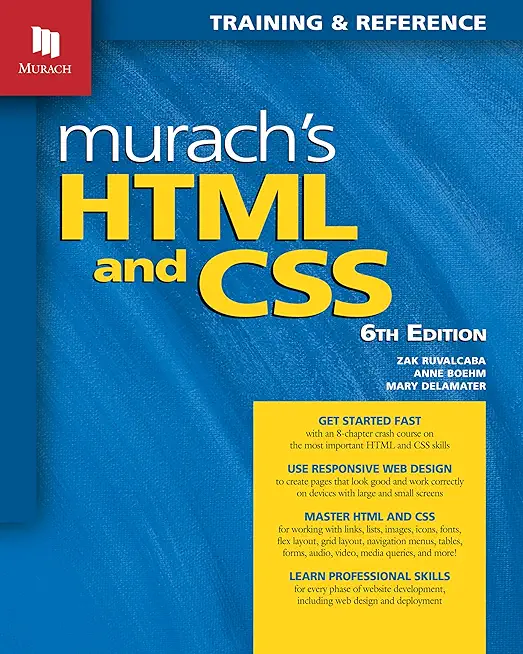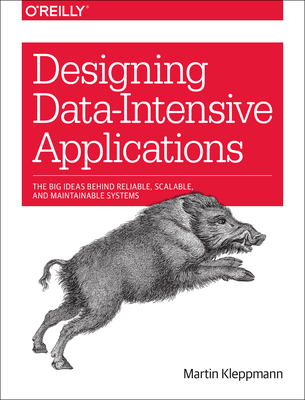The Java Persistence API Training in Somerville
|
We offer private customized training for groups of 3 or more attendees.
|
||
Course Description |
||
| This course offers a comprehensive and detail-oriented treatment of the
Java Persistence API (JPA) for developers interested in implementing
persistence tiers for enterprise applications. We cover JPA basics
including simple object/relational concepts and annotations, persistence
contexts and entity managers, and configuration via persistence.xml. We
get a good grounding in the Java Persistence Query Language (JPQL) and
take advantage of a prepared JPQL query console to explore the two
schemas on which the course's case studies are based. The course then
moves into advanced topics including JPA-2.0 mapping options, the
Criteria API, lifecycle hooks, JSR-303 validation, locking, and caching.
Students will complete the course with a firm understanding of JPA
architecture and plenty of hands-on exercise in entity mapping,
persistence operations, and JPQL. br/ Course software includes two
schemas: a fairly simple human-resources model (6 tables, 253 rows) for
early chapters and a more sophisticated pharmacy schema (14 tables, 4255
rows) for the latter half of the course. br/ This version of the course
supports JPA 2.0 with a choice of two providers: EclipseLink 2.3, which
is pre-configured for course exercises, and Hibernate 4.0. Switching
providers is just a matter of moving a few lines in and out of XML
comments in the relevant persistence.xml file, and we encourage
instructors to demonstrate both providers at least here and there, to
illustrate portability and for comparison's sake over some finer points.
br/ The course also supports either the Derby or Oracle RDBMS. Derby is
bundled with the course software and is pre-configured; a script is
included to change over to Oracle configurations for all exercises and
schema-creation scripts are available for both.
Course Length: 4 Days
Course Tuition: $2250 (US) |
||
Prerequisites |
|
| A strong Java programming background is essential for this course. A strong Java programming background is essential for this course. Prior experience with JDBC will be a plus but is not required. | |
Course Outline |
Chapter 1. Introduction to JPA
Chapter 2. Object/Relational Mapping
Chapter 3. Entity Managers
Chapter 4. JPQL
Chapter 5. Advanced Mappings
Chapter 6. The Criteria API
Chapter 7. Lifecycle and Validation
Chapter 8. Locking and Caching
|
Course Directory [training on all levels]
- .NET Classes
- Agile/Scrum Classes
- AI Classes
- Ajax Classes
- Android and iPhone Programming Classes
- Azure Classes
- Blaze Advisor Classes
- C Programming Classes
- C# Programming Classes
- C++ Programming Classes
- Cisco Classes
- Cloud Classes
- CompTIA Classes
- Crystal Reports Classes
- Data Classes
- Design Patterns Classes
- DevOps Classes
- Foundations of Web Design & Web Authoring Classes
- Git, Jira, Wicket, Gradle, Tableau Classes
- IBM Classes
- Java Programming Classes
- JBoss Administration Classes
- JUnit, TDD, CPTC, Web Penetration Classes
- Linux Unix Classes
- Machine Learning Classes
- Microsoft Classes
- Microsoft Development Classes
- Microsoft SQL Server Classes
- Microsoft Team Foundation Server Classes
- Microsoft Windows Server Classes
- Oracle, MySQL, Cassandra, Hadoop Database Classes
- Perl Programming Classes
- Python Programming Classes
- Ruby Programming Classes
- SAS Classes
- Security Classes
- SharePoint Classes
- SOA Classes
- Tcl, Awk, Bash, Shell Classes
- UML Classes
- VMWare Classes
- Web Development Classes
- Web Services Classes
- Weblogic Administration Classes
- XML Classes
- Introduction to Spring 6, Spring Boot 3, and Spring REST
15 December, 2025 - 19 December, 2025 - RED HAT ENTERPRISE LINUX SYSTEMS ADMIN II
8 December, 2025 - 11 December, 2025 - Python for Scientists
8 December, 2025 - 12 December, 2025 - Fast Track to Java 17 and OO Development
8 December, 2025 - 12 December, 2025 - See our complete public course listing
Java Programming Uses & Stats
|
Difficulty
|
Popularity
|
Year Created 1995 |
|
Pros
Most Commonly Used:
Great Career Choice:
Android Apps Development:
It Can Run On Any Platform:
Great Supporting IDE's: |
Cons
Uses a Lot of Memory:
Difficulty in Learning:
Slow Start Up Times:
Verbose and Complex Code:
Commercial License Cost: |
| Java Programming Job Market |

Average Salary
|

Job Count
|

Top Job Locations
New York City |
|
Complimentary Skills to have along with Java Programming
- If you are an experienced Java developer, learning a complimentary language to Java should come much more naturally. As an example JetBrains recently created the Kotlin programming language which is officially supported by Google for mobile development. Kotlin compiles to Java bytecode and runs on the JVM; it's purported to address many of Java's shortcomings... |






